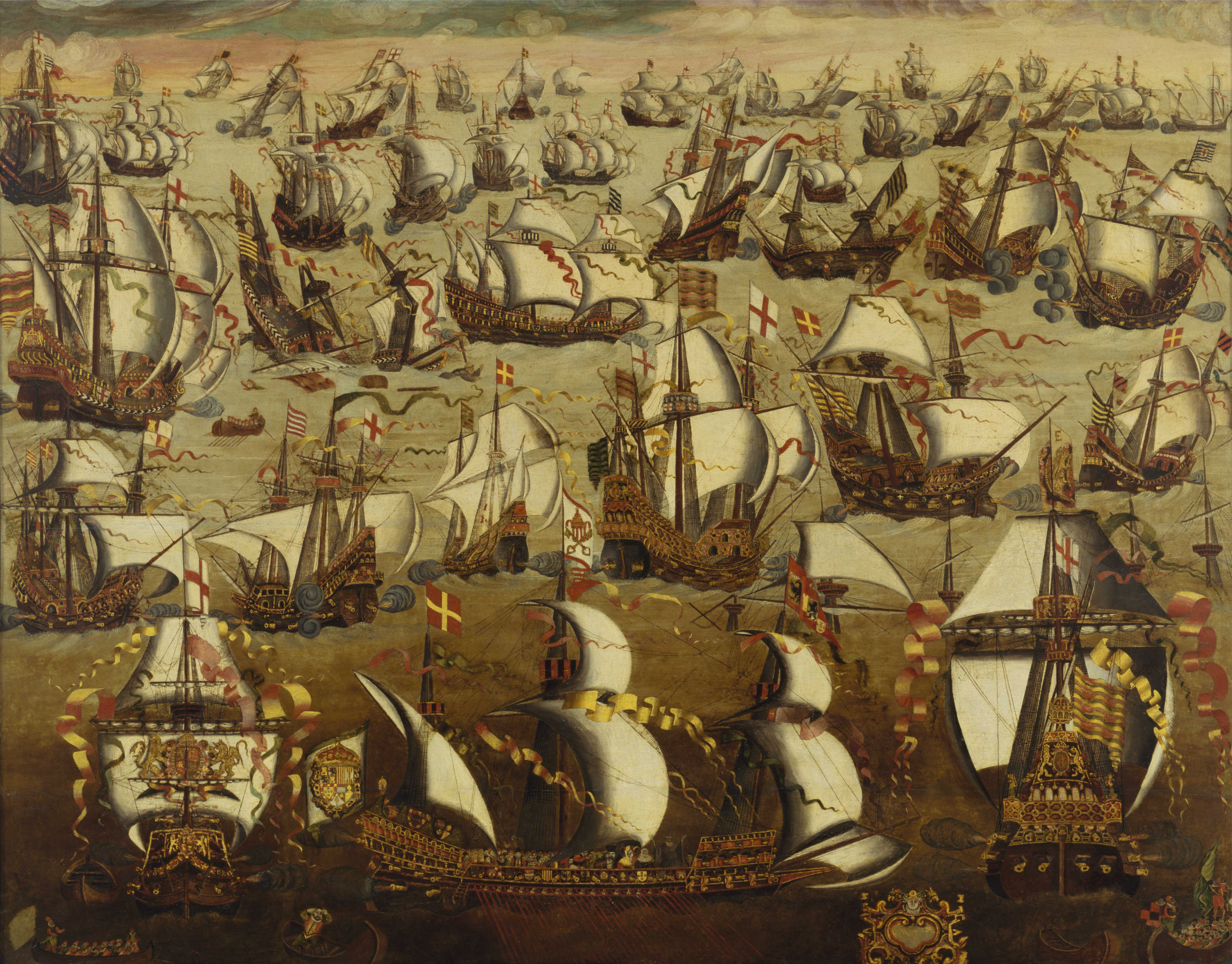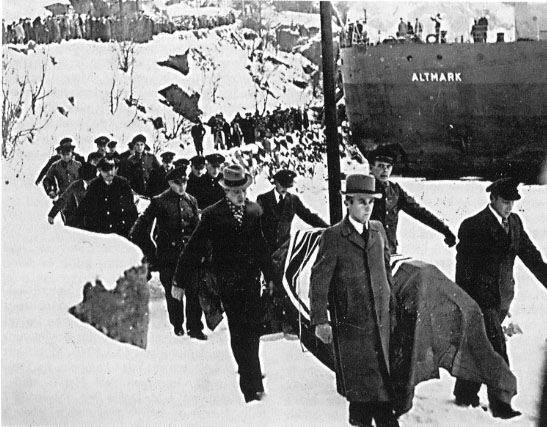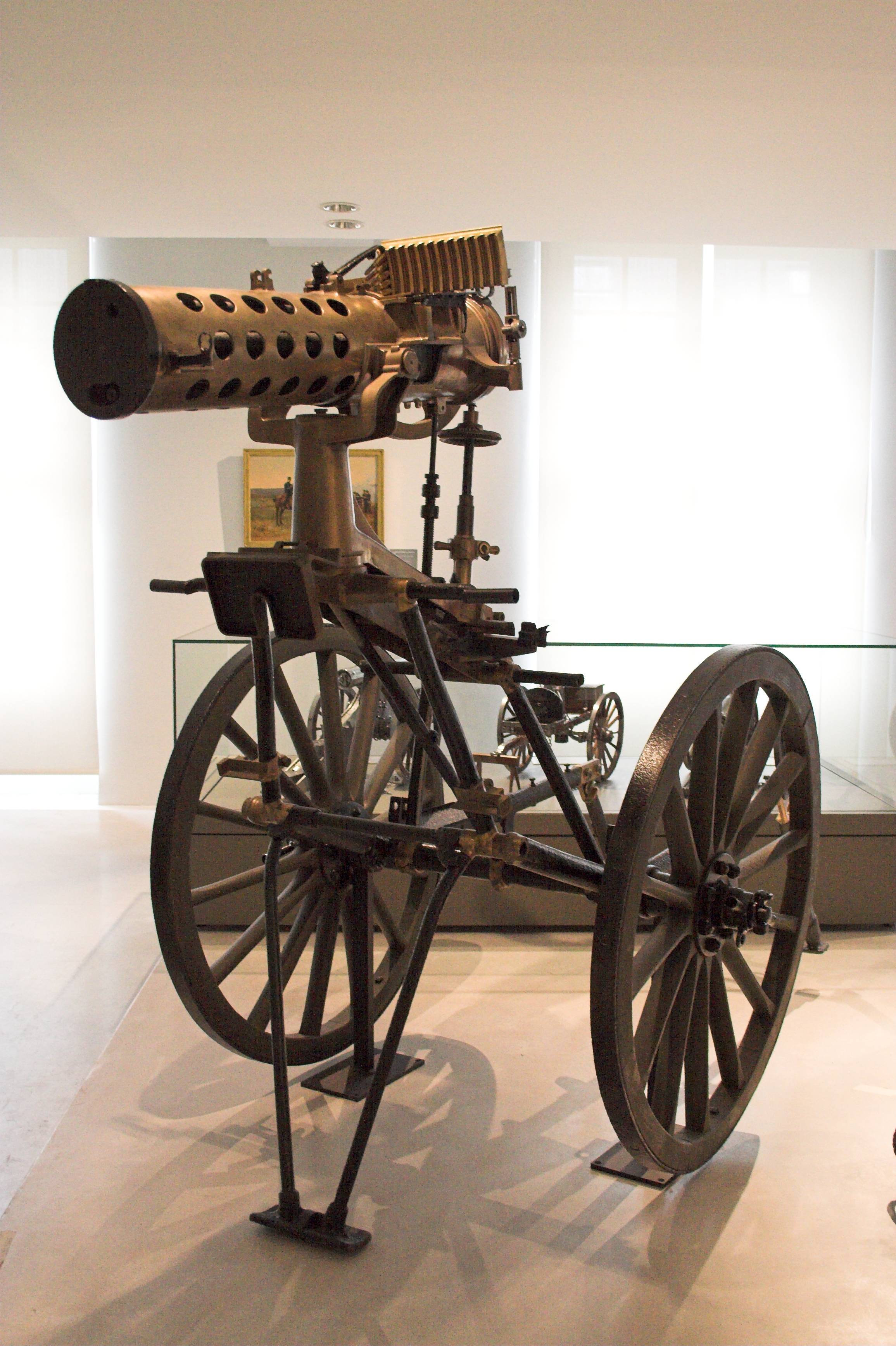|
HNoMS Brage (1878)
HNoMS ''Brage'' was a ''Vale''-class Rendel gunboat built for the Royal Norwegian Navy at Horten Naval Yard in 1874, with build number 58. She was one of a class of five gunboats - the other ships in the class were ''Vale'', ''Nor'', ''Uller'' and ''Vidar''. ''Brage'' was, in addition to the heavy, muzzle-loading main gun, armed with a small 'Quick Fire' gun and a 37mm Hotchkiss Revolving Cannon (broadly similar to the Gatling gun). Later ''Brage'', like her sister ships, was rebuilt as a minelayer A minelayer is any warship, submarine or military aircraft deploying explosive mines. Since World War I the term "minelayer" refers specifically to a naval ship used for deploying naval mines. "Mine planting" was the term for installing contro ..., and she served in this role when the Germans invaded in 1940. She was captured by German forces after the surrender of Norwegian forces in Southern Norway, and returned to Norway after the war. Footnotes External links Naval ... [...More Info...] [...Related Items...] OR: [Wikipedia] [Google] [Baidu] |
Norse Mythology
Norse, Nordic, or Scandinavian mythology is the body of myths belonging to the North Germanic peoples, stemming from Old Norse religion and continuing after the Christianization of Scandinavia, and into the Nordic folklore of the modern period. The northernmost extension of Germanic mythology and stemming from Proto-Germanic folklore, Norse mythology consists of tales of various deities, beings, and heroes derived from numerous sources from both before and after the pagan period, including medieval manuscripts, archaeological representations, and folk tradition. The source texts mention numerous gods such as the thunder-god Thor, the raven-flanked god Odin, the goddess Freyja, and numerous other deities. Most of the surviving mythology centers on the plights of the gods and their interaction with several other beings, such as humanity and the jötnar, beings who may be friends, lovers, foes, or family members of the gods. The cosmos in Norse mythology consists of Nine ... [...More Info...] [...Related Items...] OR: [Wikipedia] [Google] [Baidu] |
HNoMS Vidar (1878)
HNoMS ''Vidar'' was a ''Vale''-class Rendel gunboat built for the Royal Norwegian Navy at Horten Naval Yard in 1878. She was one of a class of five gunboats - the other ships in the class were ''Vale'', ''Brage'', ''Nor'' and ''Uller''. ''Vidar'' was, in addition to the heavy, muzzle-loading main gun, armed with a small 'Quick Fire' gun and a 37mm Hotchkiss Revolving Cannon The Hotchkiss gun can refer to different products of the Hotchkiss arms company starting in the late 19th century. It usually refers to the 1.65-inch (42 mm) light mountain gun; there were also a navy (47 mm) and a 3-inch (76&nbs ... (broadly similar to the Gatling gun). Later ''Vidar'', like her sister ships, was rebuilt as a minelayer, and she served in this role when the Germans invaded in 1940. During the Norwegian Campaign she served mainly in Sognefjorden. She was captured by German forces on 14 April 1940, and returned to Norway after the war. ''Vidar'' was built at the N ... [...More Info...] [...Related Items...] OR: [Wikipedia] [Google] [Baidu] |
Naval Ships Of Norway Captured By Germany During World War II
A navy, naval force, or maritime force is the branch of a nation's armed forces principally designated for naval warfare, naval and amphibious warfare; namely, lake-borne, riverine, littoral zone, littoral, or ocean-borne combat operations and related functions. It includes anything conducted by surface Naval ship, ships, amphibious warfare, amphibious ships, submarines, and seaborne naval aviation, aviation, as well as ancillary support, communications, training, and other fields. The strategic offensive role of a navy is Power projection, projection of force into areas beyond a country's shores (for example, to protect Sea lane, sea-lanes, deter or confront piracy, ferry troops, or attack other navies, ports, or shore installations). The strategic defensive purpose of a navy is to frustrate seaborne projection-of-force by enemies. The strategic task of the navy also may incorporate nuclear deterrence by use of submarine-launched ballistic missiles. Naval operations can be broa ... [...More Info...] [...Related Items...] OR: [Wikipedia] [Google] [Baidu] |
World War II Minelayers Of Norway
In its most general sense, the term "world" refers to the totality of entities, to the whole of reality or to everything that is. The nature of the world has been conceptualized differently in different fields. Some conceptions see the world as unique while others talk of a "plurality of worlds". Some treat the world as one simple object while others analyze the world as a complex made up of many parts. In '' scientific cosmology'' the world or universe is commonly defined as " e totality of all space and time; all that is, has been, and will be". '' Theories of modality'', on the other hand, talk of possible worlds as complete and consistent ways how things could have been. ''Phenomenology'', starting from the horizon of co-given objects present in the periphery of every experience, defines the world as the biggest horizon or the "horizon of all horizons". In ''philosophy of mind'', the world is commonly contrasted with the mind as that which is represented by the mind. ''T ... [...More Info...] [...Related Items...] OR: [Wikipedia] [Google] [Baidu] |
1878 Ships
Events January–March * January 5 – Russo-Turkish War – Battle of Shipka Pass IV: Russian and Bulgarian forces defeat the Ottoman Empire. * January 9 – Umberto I becomes King of Italy. * January 17 – Battle of Philippopolis: Russian troops defeat the Turks. * January 23 – Benjamin Disraeli orders the British fleet to the Dardanelles. * January 24 – Russian revolutionary Vera Zasulich shoots at Fyodor Trepov, Governor of Saint Petersburg. * January 28 – '' The Yale News'' becomes the first daily college newspaper in the United States. * January 31 – Turkey agrees to an armistice at Adrianople. * February 2 – Greece declares war on the Ottoman Empire. * February 7 – Pope Pius IX dies, after a 31½ year reign (the longest definitely confirmed). * February 8 – The British fleet enters Turkish waters, and anchors off Istanbul; Russia threatens to occupy Istanbul, but does not carry out the threat. * F ... [...More Info...] [...Related Items...] OR: [Wikipedia] [Google] [Baidu] |
Ships Built In Horten
A ship is a large watercraft that travels the world's oceans and other sufficiently deep waterways, carrying cargo or passengers, or in support of specialized missions, such as defense, research, and fishing. Ships are generally distinguished from boats, based on size, shape, load capacity, and purpose. Ships have supported exploration, trade, warfare, migration, colonization, and science. After the 15th century, new crops that had come from and to the Americas via the European seafarers significantly contributed to world population growth. Ship transport is responsible for the largest portion of world commerce. The word ''ship'' has meant, depending on the era and the context, either just a large vessel or specifically a ship-rigged sailing ship with three or more masts, each of which is square-rigged. As of 2016, there were more than 49,000 merchant ships, totaling almost 1.8 billion dead weight tons. Of these 28% were oil tankers, 43% were bulk carriers, a ... [...More Info...] [...Related Items...] OR: [Wikipedia] [Google] [Baidu] |
Operation Weserübung
Operation Weserübung (german: Unternehmen Weserübung , , 9 April – 10 June 1940) was Germany's assault on Denmark and Norway during the Second World War and the opening operation of the Norwegian Campaign. In the early morning of 9 April 1940 (''Wesertag'', "Weser Day"), Germany occupied Denmark and invaded Norway, ostensibly as a preventive manoeuvre against a planned, and openly discussed, French-British occupation of Norway known as Plan R 4 (actually developed as a response to any German aggression against Norway). After the occupation of Denmark (the Danish military was ordered to stand down as Denmark did not declare war with Germany), envoys of the Germans informed the governments of Denmark and Norway that the ''Wehrmacht'' had come to protect the countries' neutrality against Franco-British aggression. Significant differences in geography, location and climate between the two nations made the actual military operations very dissimilar. The invasion fleet's n ... [...More Info...] [...Related Items...] OR: [Wikipedia] [Google] [Baidu] |
Minelayer
A minelayer is any warship, submarine or military aircraft deploying explosive mines. Since World War I the term "minelayer" refers specifically to a naval ship used for deploying naval mines. "Mine planting" was the term for installing controlled mines at predetermined positions in connection with coastal fortifications or harbor approaches that would be detonated by shore control when a ship was fixed as being within the mine's effective range. Before World War I, mine ships were termed mine planters generally. For example, in an address to the United States Navy ships of Mine Squadron One at Portland, England, Admiral Sims used the term “mine layer” while the introduction speaks of the men assembled from the “mine planters”. During and after that war the term "mine planter" became particularly associated with defensive coastal fortifications. The term "minelayer" was applied to vessels deploying both defensive- and offensive mine barrages and large scale sea mining ... [...More Info...] [...Related Items...] OR: [Wikipedia] [Google] [Baidu] |
Gatling Gun
The Gatling gun is a rapid-firing multiple-barrel firearm invented in 1861 by Richard Jordan Gatling. It is an early machine gun and a forerunner of the modern electric motor-driven rotary cannon. The Gatling gun's operation centered on a cyclic multi-barrel design which facilitated cooling and synchronized the firing-reloading sequence. As the handwheel is cranked, the barrels rotate and each barrel sequentially loads a single cartridge from a top-mounted magazine, fires off the shot when it reaches a set position (usually at 4 o'clock), then ejects the spent casing out of the left side at the bottom, after which the barrel is empty and allowed to cool until rotated back to the top position and gravity-fed another new round. This configuration eliminated the need for a single reciprocating bolt design and allowed higher rates of fire to be achieved without the barrels overheating quickly. One of the best-known early rapid-fire firearms, the Gatling gun saw occasional u ... [...More Info...] [...Related Items...] OR: [Wikipedia] [Google] [Baidu] |
Hotchkiss Gun
The Hotchkiss gun can refer to different products of the Hotchkiss arms company starting in the late 19th century. It usually refers to the 1.65-inch (42 mm) light mountain gun; there were also a navy (47 mm) and a 3-inch (76 mm) Hotchkiss guns. The 42 mm gun was intended to be mounted on a light carriage or packed on two mules to accompany a troop of cavalry or an army travelling in rough country. Descriptions 1.65-inch gun The gun and accessories could be packed on two mules. The gun was introduced as a modern replacement for the aging twelve-pounder mountain howitzer. The first gun purchased by the U.S. military from the French arms firm of Hotchkiss was employed against the Nez Percé in 1877. Over the next twenty years the U.S. purchased 56. They were used at the Wounded Knee Massacre in 1890, and again in Cuba at the Battle of Las Guasimas, the Battle of El Caney and the attack on San Juan Hill during the Spanish–American War of 1898. ... [...More Info...] [...Related Items...] OR: [Wikipedia] [Google] [Baidu] |
HNoMS Uller (1876)
HNoMS ''Uller'' was a ''Vale''-class Rendel gunboat constructed for the Royal Norwegian Navy at Karljohansverns Verft Naval Yard in Horten in 1874-1876 and had yard build number 55. She was one of a class of five gunboats - the other ships in the class were ''Vale'', ''Brage'', ''Nor'' and ''Vidar''. ''Uller'' was, in addition to the heavy, muzzle-loading main gun, armed with a small Quick Fire gun and a 37mm Hotchkiss Revolving Cannon (broadly similar to the Gatling gun). Later ''Uller'' and her sister ships were rebuilt as minelayers, and she served in this role when the Germans invaded 9 April 1940. The invasion Capture When the Germans attacked, ''Uller'' was mining the sea lanes to Bergen, and was taken by surprise by the German forces. Sinking After being pressed into Kriegsmarine service ''Uller'' and fellow captured minelayer HNoMS ''Tyr'' were mining the entrance to the still Norwegian-held Sognefjorden on 1 May 1940 when they were first bombed unsuccessfull ... [...More Info...] [...Related Items...] OR: [Wikipedia] [Google] [Baidu] |







